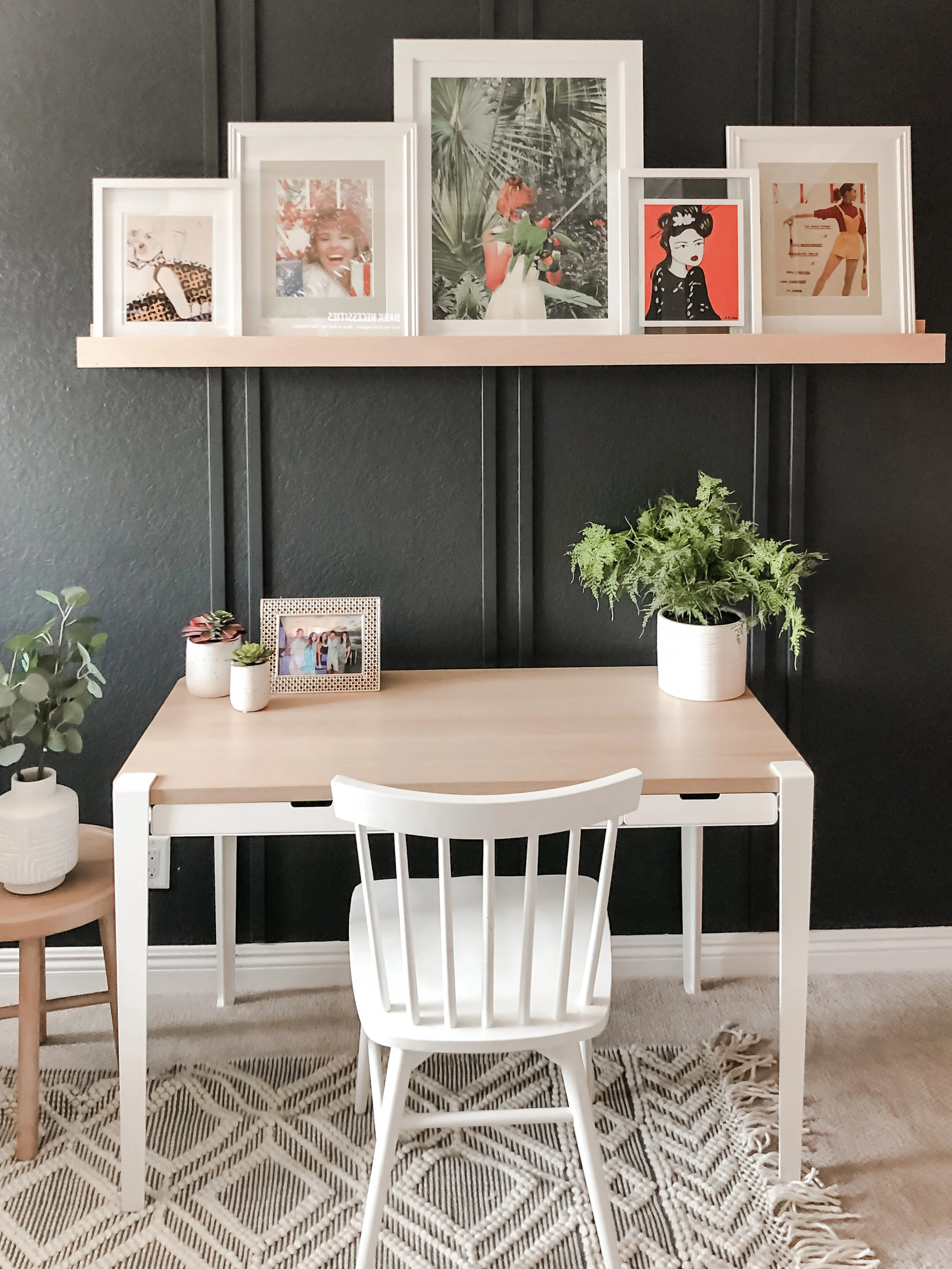Building A Basement - A Quick Guide
Many homes will include a basement when you buy them, but if you haven't, you miss out on a world of possibilities such as a space for a man cave or a film room to gather the whole family around. It can open up your home massively by having more family for your family to different projects and being away from the rest of the busyness and adding value to the building if you ever decide to move. Beginning the build of a basement can be overwhelming as many factors need to be looked at to ensure the build is safe and secure.
The excavation
After all the planning and permission have been completed, the building journey can begin. Basement excavation is a big part, and making all the hard work of the plan feels worth it. When it comes to the excavation process, you need to hire a team that will be reliable and stick to schedule to allow your dreams to become a reality with ease. It can be a long job, but when it has been completed professionally, but can be well worth it! It is necessarily going to hold your whole house up, so you do not want to be cutting corners.
Things to consider
When you're building a basement, consider a few things before you start the construction. You will need to plan any escape routes in emergencies as well as safe plug sockets in the right places to adapt to your interior design needs, as even though you can add more at a later date, it's easier to forward a plan to save you time and money. If your plans include a bathroom downstairs, then you will require a drainage system. You could install a wastewater discharge pump or raise the bathroom with a concrete slab to allow room for this. If you are planning to make this room into a film or music room, then consider a soundproof ceiling addition to ensure that you are reducing the sound from above and below the basement ceiling.
Waterproofing
When you build the walls, you want to allow for any extra waterproofing you will need to avoid when it's stormy outside and starts to flood. Tanking a basement can include one of many methods. This can often be done by adding a plastic layer on the inner walls to ensure that it has the ultimate protection. If you are worried about the downstairs being cold, installing underfloor heating could be an excellent option to keep the room warm during the colder months. Underfloor heating is a trendy addition to a room that is very effective that can be fixed quick and easy to complete.
Hopefully, with this guide, you will be able to have an extra room in the house while building it reliable and useful to your home living. Creating downward can allow you to have that much-needed space if you live in an area where you are unable to expand outward or upwards on your property.
Cheers!
Janelle











